Written by FRANCES KIDD
Shamon Thomas and Mikayla Morelli share a romantic kiss. Photo by Allyson Merchant of Fitzography.
Capturing the cake in photos is essential. Photo by Allyson Merchant of Fitzography.
There may be one somewhere in your house – a sepia-tinted photo of two people, dressed in their best clothes and posing stiffly while not looking particularly celebratory.
That’s what wedding photographs looked like in the 1800s. Photography equipment was not mobile, so pictures were taken in the photographer’s studio. There were no photo albums and fewer wedding photos because many couples couldn’t afford them.
Wedding photography started changing in the beginning of the 20th century and has continued evolving exponentially as technology has advanced. There was the introduction of black-and-white film, location shooting, color film, digital photography and videography.
The art of lighting changed as well – from flash powder, which produced a bright light and a loud noise, to flash attachments with bulbs that had to cool before you could touch them. Though a lot of wedding photographers today prefer to shoot in natural light, they also have more sophisticated methods to light their work when necessary.
Couples have many tools to help them identify and locate wedding photographers – whether in their home town or for a destination wedding. The popular wedding website, theknot.com, offers guidance for couples such as “10 Steps to Finding a Great Wedding Photographer” and “Important Questions to Ask Photographers before You Book.”
Bride-to-be Whitney Hoffman-Bennett strikes a pose during a “Rock the Dress” photo shoot in downtown Atlanta. Photo by Susan Crutchfield.
Even with this extra help, couples usually have their own set of questions. Paige Paul, a wedding planner and recent bride herself, looks for certain things when considering a wedding photographer.
“I look first at their Instagram page to get a sense of the overall look and approach to their work,” says Paul. “Then I look at specific things like whether their work is light and airy or warm and dark.”
Couples have more decisions to make: black-and-white versus color, digital versus film, a specific list of photos or trust the photographer to capture the day, and to add videography or only take still photos.
Photographers have choices to make, too. Coweta County photographer Allyson Merchant says she primarily shoots in color. “But there are some times you realize a shot would be perfect in black and white,” she notes. “You just sense it.”
Delivery of wedding photos also has transformed with technology. Merchant takes her laptop to each wedding she shoots and shows a few teaser photos to the couple before they leave the celebration. Newnan photographer Susan Crutchfield offers a sneak peek for the couple a few days after the wedding. Rather than a photo album stuffed with dozens of prints, photographers today may simply send a link to an online album with hundreds of shots.
Photographers sometimes are called to shoot destination weddings for couples who choose to travel outside their hometown for the ceremony. One of Merchant’s clients flew her to Utah for a wedding.
“It was great,” says Merchant. “Photographers crave inspiration, and working in a new place is a challenge but one I enjoy.”
One of Crutchfield’s favorite jobs dealt with different backdrops that proved challenging. Two of her clients, best friends and both brides-to-be, asked Crutchfield to tour around Atlanta with them for a “Rock the Dress” day. The photographer obliged and took photos of the friends in their wedding dresses at fun and funky spots throughout downtown Atlanta.
Watson Wedding Videography used a drone to capture these panoramic views of the wedding day. Photos submitted by Watson Wedding Photography.
Josh Watson and Noah Wilbanks, of Watson Wedding Videography in Newnan, produce videos of weddings, usually working in tandem with a still photographer. Wedding videography has progressed also with the ability to use drones for aerial shots, according to the duo.
“In the beginning, drones were a game-changer, but now it’s just expected,” says Watson, noting that some of their bookings were rescheduled due to the pandemic. “A wedding planner’s client had to reduce the guest list from 175 to 50 and the planner asked if we could live stream the wedding.”
Watson and Wilbanks assembled a production team, put microphones on everyone in the bridal party, and set up a dedicated website so that all guests on the original invitation list could watch and hear the ceremony. They produced four livestream weddings in 2020 and have several booked for this year.
Despite the different styles and methods these photographers use, they have a few important things in common, most importantly that they all take time to get to know the couple to get a better sense of their style and what they want in a wedding.
“I couldn’t imagine doing it if I’ve only met them one time,” says Crutchfield. “We need to be able to connect and to trust.”
They all express love for what they do. As Watson says, “We get to capture the best day of people’s lives.”
Wedding photography has come a long way from the stiffly posed photos of yesteryear. Today, it’s all about telling a story.
NCM





